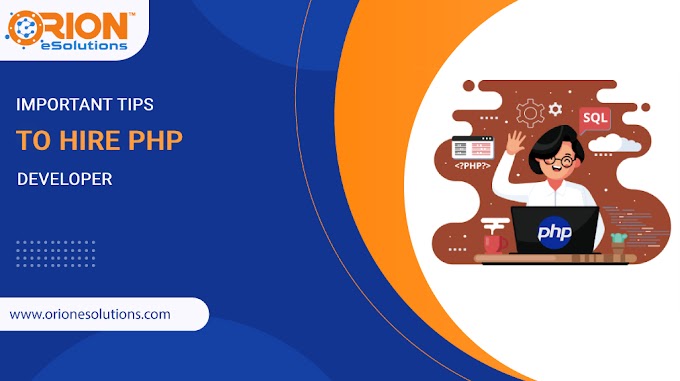
So even before we put forward and present a case for AWS, why it should be used and most importantly the staggering benefits that come along, it is important to take a stock of who all are using it ?
Well from start-ups to mid-size companies to industry leaders such as Netflix, Facebook and LinkedIn, AWS has captivated one & all!
So what exactly is AWS?
AWS is the most advanced, widely used & comprehensive suite that offers the best in class services than any other provider as a cloud platform.
AWS presents several solutions, tailor-made to meet particular requirements and facilitates exponential growth for businesses whilst being a cost effective managed service provider.
How to scale up to cloud?
Amazon web services can significantly reduce costs and also save organisations from redundant and dated infrastructure and operating models. By constituting a well thought-out DevOps approach, most organisation can look to scale and be more efficient, both in terms of cost and time.
To break it into 3 easy & actionable steps:
Step 1 – Do away with inefficient practices where dev teams have inter-dependencies with Ops teams and most builds take a large amount of time.
Step 2 – Setting up of the right DevOps process, which also leads to reduction in manpower as most processes are not only automated but run directly via API calls from cloud.
Step 3 – Once the DevOps have been executed meticulously, AWS which is the cloud service provider comes in the as the virtual infrastructure, removing issues of latency, time, high over-head costs and most importantly inefficiencies in delivering a seamless offering to the end user with practically zero intervention in terms of managing either the hardware or be worried of downtime and system performance.
Amazon web services that can power your growth:

Amazon EC2
It facilitates developers to build apps and to automate scaling as per peak periods, making it far more efficient to handle storage, look after virtual servers and reducing the dependency on traditional hardware.
Amazon S3
It is designed for storage and retrieval of large chunks of data for mobile app and web apps. Being extremely economical, scalable, secure and manageable, S3 is the desired and preferred option for most developers who are building apps that can be accessed by users globally.
Amazon VPC
It forms the core of AWS services. Essentially, it facilitates the connectivity of several on-premise resources to a private network that is hosted virtually. Custom VPC and the ability to peer your own VPC with another are all possibilities that can be successfully explored.
Amazon Lightsail
For early starters, AWS Lightsail is a recommended option. A vast majority of app developers get an easy and customisable access to a private server. Lightsail offers a secure static IP and a storage of upto 80GB. Simply put it also acts as an easy to handle load balancer.
Amazon Route 53
An in-demand service, helps connect the world wide traffic to several servers that are hosting the desired or requested web application. It is a new age mechanism aimed at traffic routing that is both scalable and secure.
Amazon Load Balancing
Elastic load balancing is all about distributing in coming traffic requests within a single or multiple servers, automatically taking care of the increase in traffic/demand and closely monitors the health of in-coming requests and directs them to the most appropriate instances. Nodes of various capabilities can also be configured alongside the load balancer to efficiently manage the in-coming data requests.
Amazon Auto Scaling
It is usually interconnected with load balancing, as the cloud monitoring details along with the utilisation of CPU’s will help determine the auto scaling operations. Autoscaling dynamically increases or decreases the capabilities of the virtual servers, thereby eliminating the need for manual intervention.
Amazon CloudFront
It is essentially a CDN and greatly minimises the cost incurred in retrieving the data as it first looks up its own cache, if found, it starts to share the same with the user who has requested for the same and does not always send across a hot to server or the bucket that is hosting the data, in the process saves on time & cost.
Amazon RDS
It is actually not a database but a cloud solution that takes care of several tasks such as DB, patching, recovery and maintenance. It also supports most of the popularly available relational databases solutions.
Amazon IAM
It empowers the user to manage and define the level of access to AWS. It enables creation of several users, all having their own credentials and connected to a single AWS account. Multifactor authentication and ease of integration with other AWS services are the key standout features.
Amazon WAF
It is an application level firewall offering. So rather than setting up separate firewall servers, this can be setup straight from the AWS console, saving time and providing the much needed protection from DDoS attacks and SQL injections.
Amazon CodeBuild, CodeDeploy, CodePipeline and CodeCommit
CodeBuild is a secure and scalable offering for compiling and testing a codebase. CodeDeploy helps to deploy the code via cloud anywhere. CodePipeline is for swift continuous integration & delivery. CodeCommit is a service that facilitates smooth integration with industry standards such as Git.
Amazon SES, SQS, SNS and Cloudwatch
These are managed & scalable message queue and topic services that provide easily implementable APIs. Amazon SNS and Amazon CloudWatch are usually integrated in order to provide easy to collect, view, and analyse metrics for every active SNS notification.
Amazon AMI
It is a virtual image that is used to create a virtual instance within EC2. Multiple instances can be created using single or multiple AMI with either same or different configuration.
Terraform
It is an open source cloud agnostic solution that seamlessly integrate a multi cloud scenario into a single workflow. It can handle infrastructure changes across public and private cloud, thus making it a multipurpose tool.
Reasons why you should opt for AWS:
Firstly, it is most economical and hassle free solution that pretty much takes care of all your backend infra requirements and allows you to scale without having to worry about security. Additionally, it reduced the cost to manage with cutting down on manpower cost.
Secondly, all major services come with auto scale options allowing you to upgrade basis case-on-case requirements.
Thirdly it is one of the most safest and fastest solution out there that can power your mobile and web apps.
Last and by no means the least, you only pay if you use. Thus if few services are dormant there are zero over-head charges, majorly in data storage and retrieval.
At Orion we have a coterie of dedicated professionals who have extensive experience in formulation, managing and executing the above as a managed service provider so that your business can grow at an exponential pace. To know how we can help or discuss a peculiar scenario that you have in mind, write to us at – info@orionesolutions.com
Original Article: https://orionesolutions.com/a-complete-guide-to-amazon-web-services-aws/





0 Comments